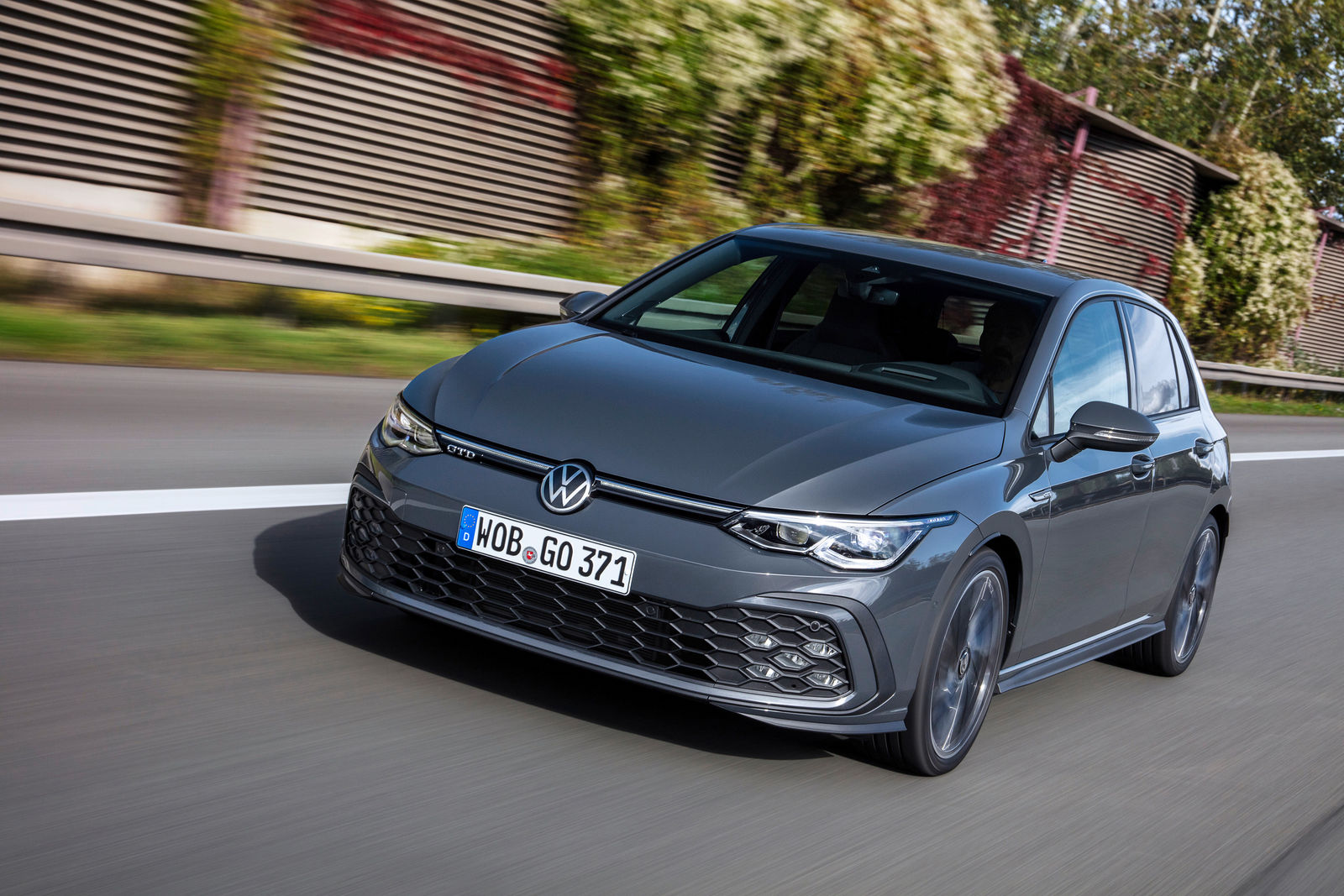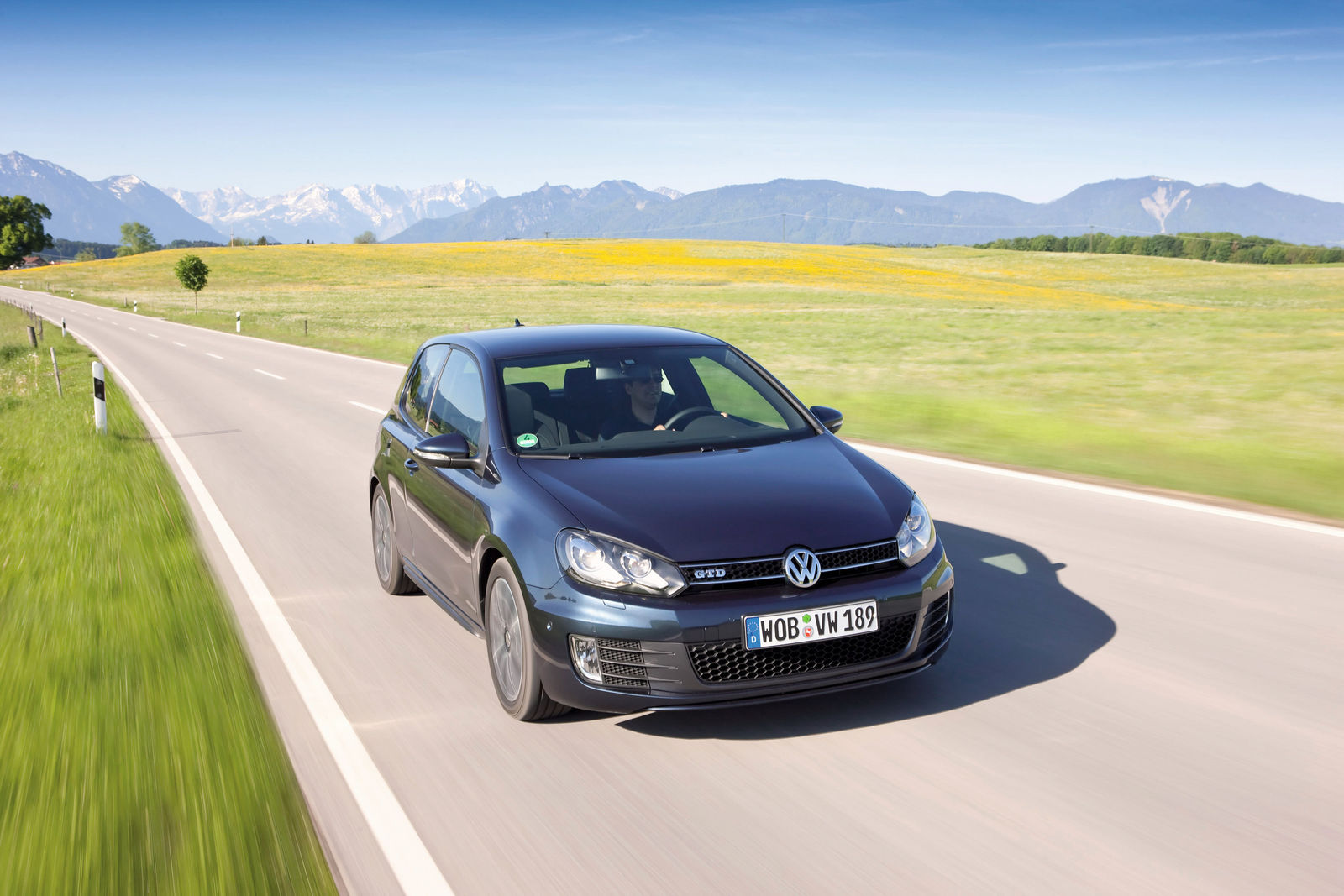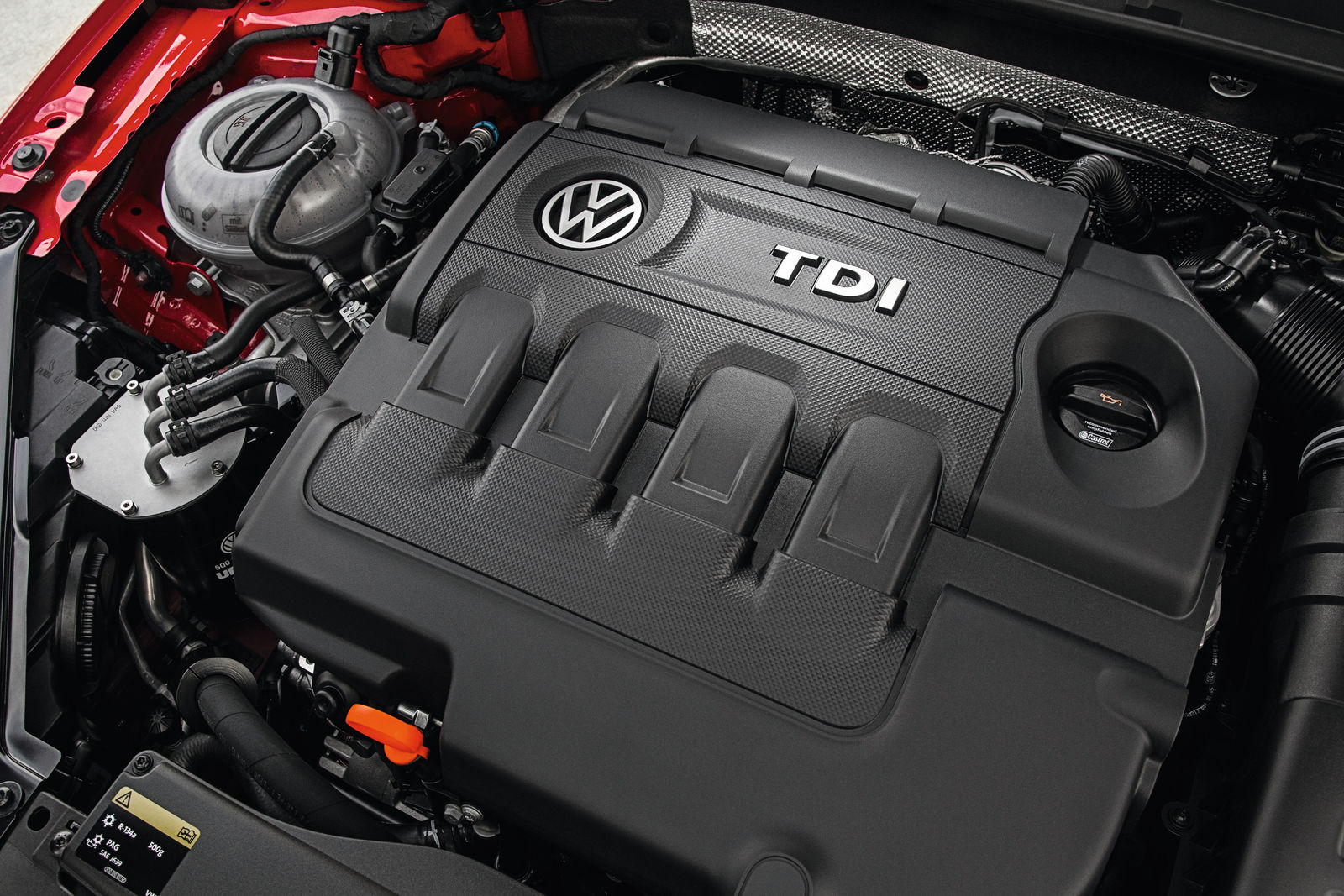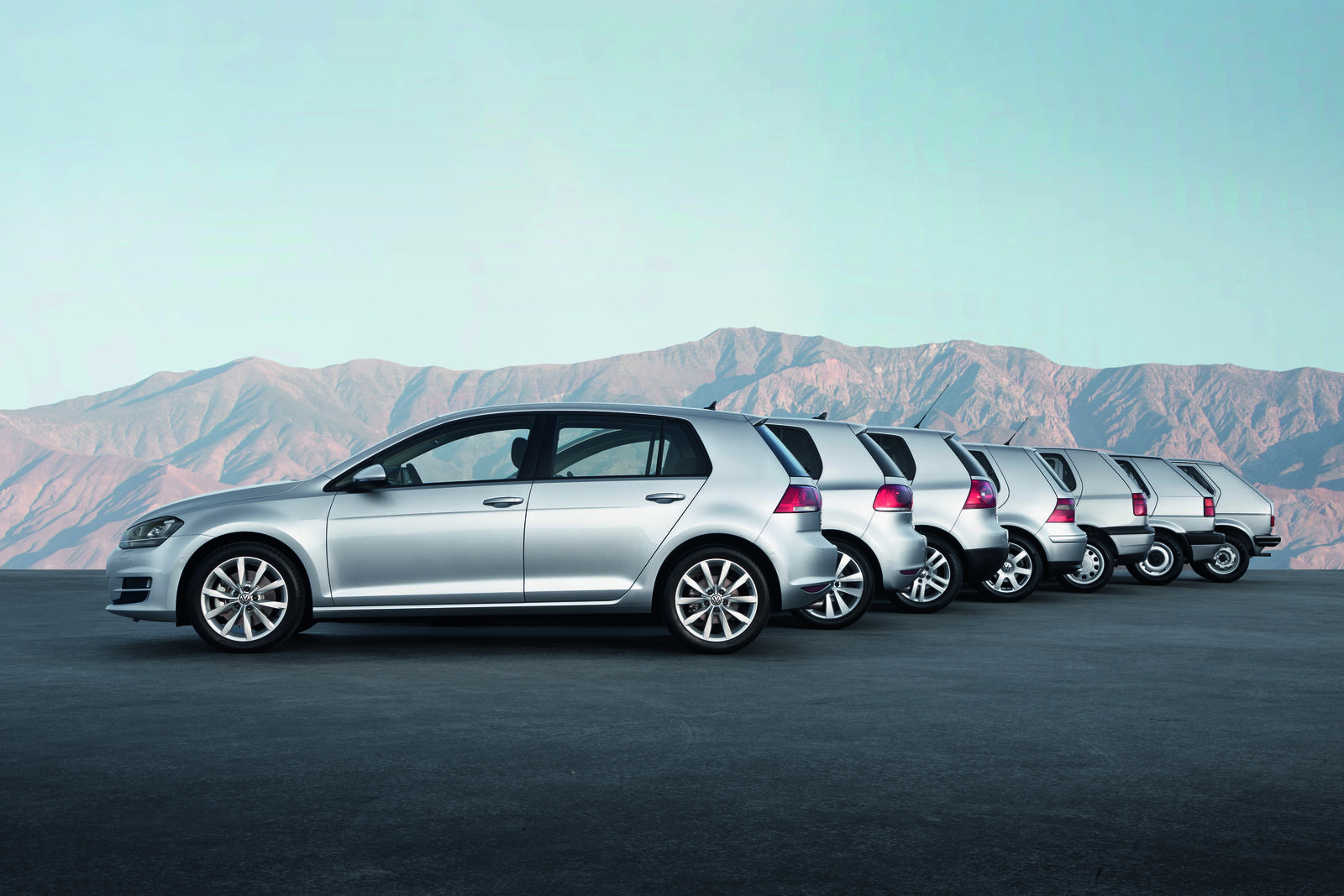It worked: The modern and reliable drive concept, the excellent spatial economy and ultimately the design as well, won over the market to such an extent that production of the one-millionth Golf was already being celebrated in October 1976. Like every Golf that would appear after it, the first generation, too, reflected the progress and automotive trends. In launching the first Golf GTI (in 1976), Volkswagen heralded the introduction of greater dynamism in this class, while the Golf D (naturally aspirated diesel engine, 1976) and the later Golf GTD (turbodiesel, 1982) marked the breakthrough for diesel cars in the compact segment. With the Golf Cabriolet, introduced in 1979, Volkswagen launched an open car on the market that was at times the best-selling open car in the world. 6.99 million vehicles of the first generation Golf, including all derivatives such as the convertible and the Jetta (at that time structurally identical), were sold – 0.87 million Golf cars per year. Golf II.









